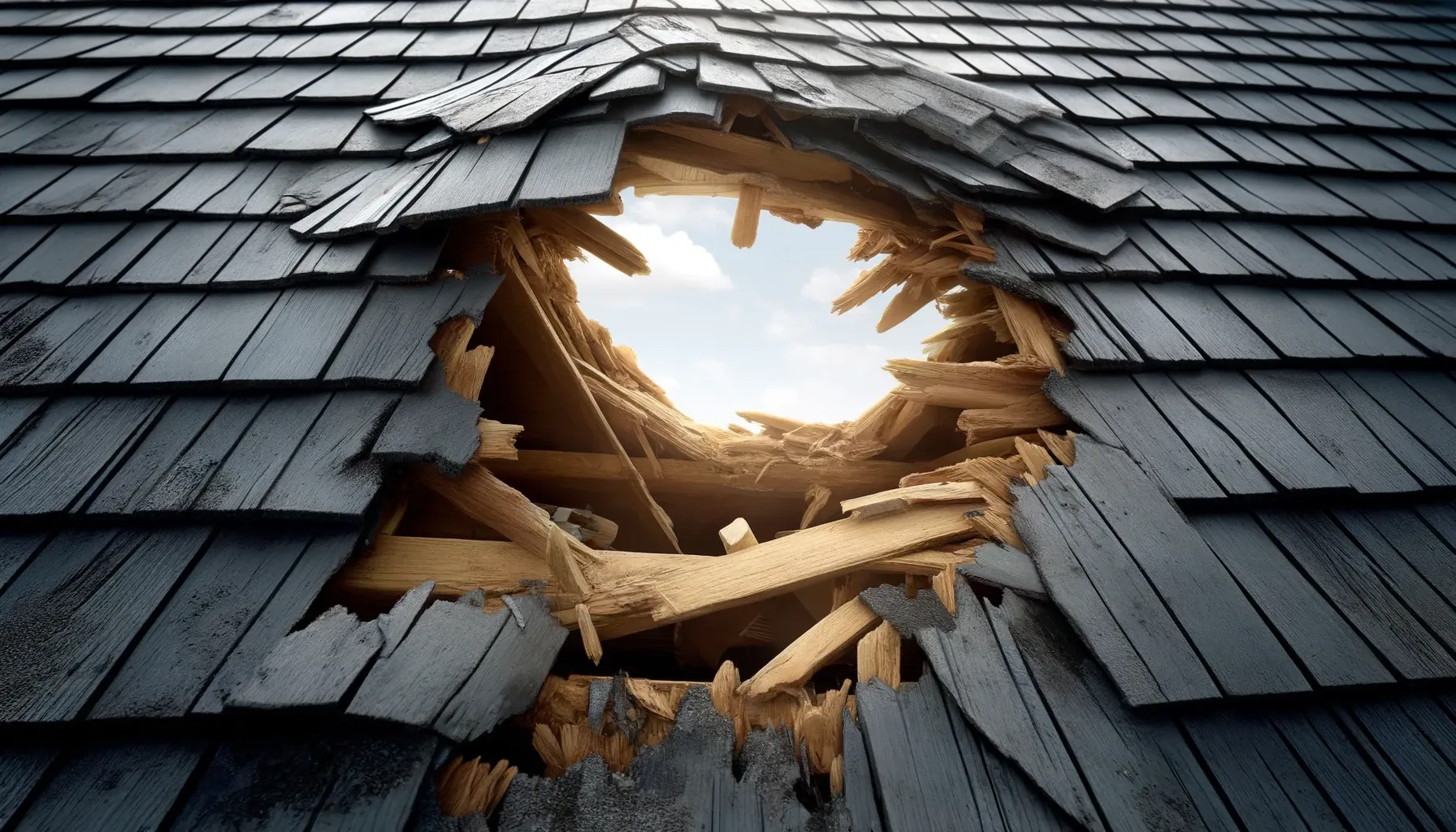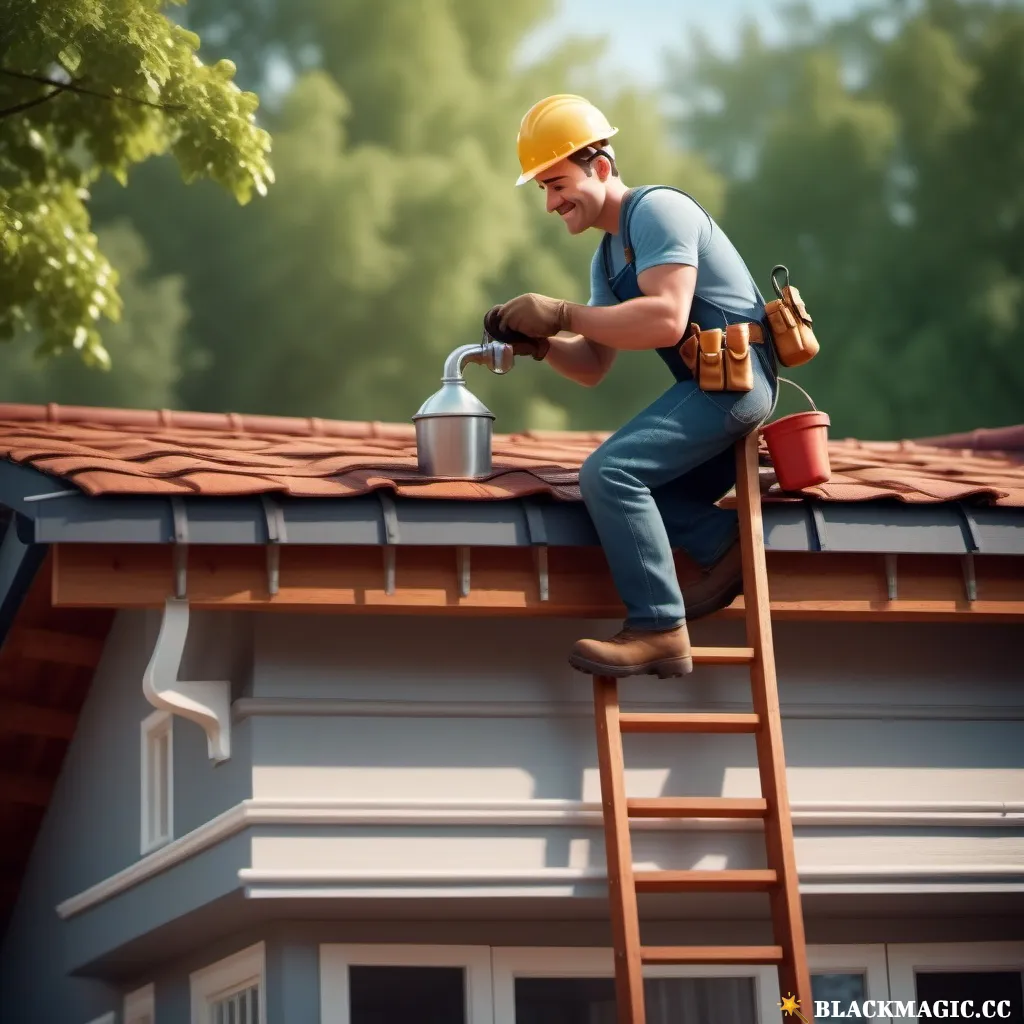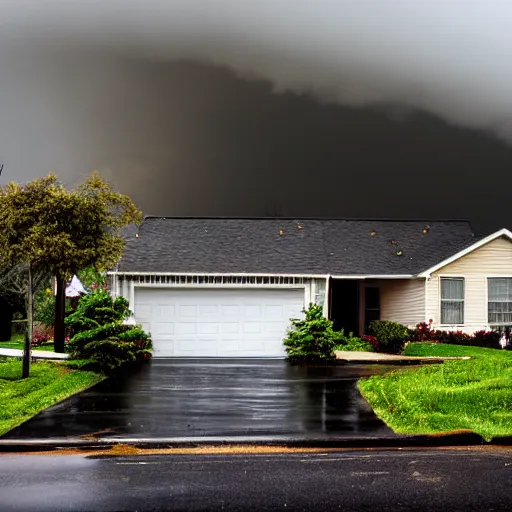How do you Patch a Roof Quickly?
Now we will explore effective and efficient methods for quickly patching a roof. We understand the stress and urgency that comes with a leaking roof, and we are here to provide useful tips to address the issue promptly.
By following our step-by-step guide, you will be able to patch your roof in no time, giving you peace of mind and protection for your home. Let's delve into the best practices for patching a roof quickly and effectively.
How do you patch a roof quickly?
When it comes to patching a roof quickly, there are a variety of factors to consider.
From identifying the specific issue to selecting the right materials and tools, the process can seem overwhelming. In this article, we will break down the steps to help you effectively patch a roof and ensure it remains secure and weatherproof.

Identifying the issue
Before you can patch a roof, it is essential to identify the specific issue that needs to be addressed. Whether you are dealing with a leak, missing shingles, or damaged flashing, knowing exactly what needs to be fixed will help you determine the best course of action.
One common problem that homeowners face is a leaking roof. This can be caused by a variety of factors, including damaged shingles, cracked flashing, or poor sealing around vents or chimneys. To identify the source of the leak, start by inspecting your roof from the ground.
Look for any missing or damaged shingles, as well as any areas where water may be pooling. If you are unable to identify the source of the leak from the ground, it may be necessary to climb onto the roof for a closer inspection.
Gathering the necessary materials
Once you have identified the issue with your roof, it is time to gather the necessary materials to complete the patching process. Depending on the type of repair needed, you may require different tools and supplies.
Here is a list of common materials that you may need:
- Roofing cement or sealant
- Replacement shingles or flashing
- Nail gun or hammer and nails
- Roofing tar
- Roof patching fabric or mesh
- Roofing tape
Before you begin the patching process, make sure you have all the necessary materials on hand to avoid delays. Additionally, it is important to wear appropriate safety gear, such as gloves and non-slip footwear, to protect yourself while working on the roof.

Patching a small hole or crack
If you are dealing with a small hole or crack in your roof, you can easily patch it using roofing cement or sealant. Start by cleaning the area around the hole or crack to remove any debris or dirt.
Apply a generous amount of roofing cement or sealant to the damaged area, making sure to create a watertight seal. Use a putty knife or trowel to smooth out the cement and ensure it adheres to the surface of the roof.
Allow the cement to dry completely before testing the repaired area for leaks. If necessary, apply an additional layer of cement to reinforce the patch. This quick and easy method is ideal for minor repairs and can help prevent further damage to your roof.
Replacing missing or damaged shingles
If you have missing or damaged shingles on your roof, it is important to replace them as soon as possible to prevent leaks and further damage. Start by carefully removing the damaged shingle using a pry bar or hammer.
Slide the new shingle into place, making sure it aligns with the surrounding shingles. Secure the new shingle in place using roofing nails and seal the edges with roofing cement or tar to create a watertight seal.
Inspect the surrounding shingles for any signs of damage or wear and replace them as needed. Regular maintenance and prompt repairs can help extend the life of your roof and protect your home from water damage.
Repairing damaged flashing
Flashing is a thin metal or plastic material that is installed around roof penetrations, such as chimneys, vents, and skylights, to prevent water from seeping into the roof.
Over time, flashing can become damaged or worn, leading to leaks and water damage. To repair damaged flashing, start by carefully removing the old flashing using a pry bar or hammer.
Cut a new piece of flashing to size and secure it in place using roofing nails or screws. Seal the edges of the flashing with roofing cement or tar to create a watertight seal. Inspect the surrounding area for any additional signs of damage and make any necessary repairs to ensure the integrity of your roof.
Using roof patching fabric or mesh
For larger repairs or areas of extensive damage, roof patching fabric or mesh can provide additional support and reinforcement. This material is designed to adhere to the surface of the roof and provide a durable seal that prevents leaks and water damage.
Start by cleaning the damaged area and applying a layer of roofing cement. Lay the patching fabric or mesh over the cement, ensuring that it covers the damaged area completely. Apply another layer of cement over the fabric, smoothing it out to create a watertight seal. Allow the patch to dry completely before testing the repaired area for leaks.
Applying roofing tape
Roofing tape is a self-adhesive material that can be used to quickly and effectively repair small leaks and cracks in your roof. To use roofing tape, start by cleaning the damaged area and applying a layer of roofing cement or sealant. Cut a piece of roofing tape to size and press it firmly onto the damaged area, smoothing out any air bubbles or wrinkles.
Roofing tape is a convenient and affordable option for minor repairs and can provide a temporary solution until more extensive repairs can be made. Keep a roll of roofing tape on hand for quick and easy fixes to common roofing problems.
Patching a roof quickly can help prevent leaks, water damage, and costly repairs. By identifying the specific issue, gathering the necessary materials, and following the correct repair methods, you can effectively patch your roof and ensure its longevity and durability.
Whether you are dealing with a small hole, damaged shingles, or worn flashing, prompt action and proper repairs can help protect your home and keep your roof in top condition. Remember to prioritize safety while working on your roof and consult a professional roofer for complex or extensive repairs.







